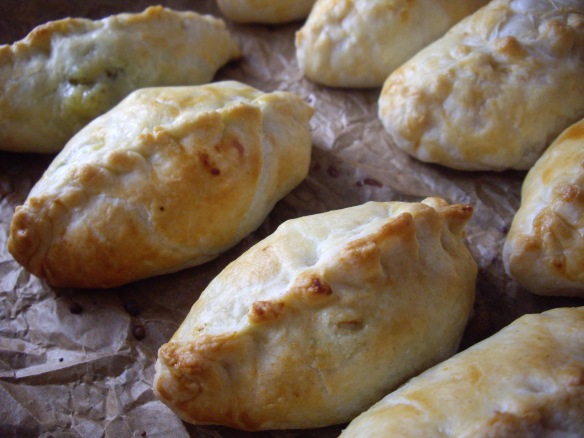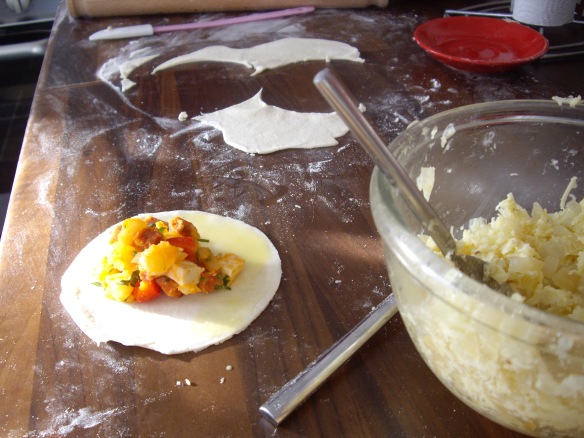A few years ago, I wrote about the importance of making soup with love. Today I’m going to make soup with peas. The humble pea could easily be ignored by individuals keen to enjoy the meat from their roast dinner. Children and adults might dislike the flavour of peas and find their colour or texture unappealing. Not so in our household, where the pea has been given hero status due to its versatility and easy preparation. My children have known from very early on in their lives that peas are our friends. In pies; in stews; in fish suppers; in paella; in pilaf; in times of sorrow, peas will see you through. If you thought that was hyperbole, you should hear me preach about carrots.
Earlier today, a casual conversation about soup (yes, we have so many casual soup conversations, don’t we?) sparked an immediate longing in me to make pea soup. A colleague of mine, named Mrs. P for the purpose of this blog post, mentioned her love of pea and ham soup with dumplings. Instantly, I pictured the open pack of bacon in my fridge (in a similar way that the internal cameras on the new Samsung smart fridge display the contents of each shelf- it’s going to be on my Christmas list for a while). Pea and bacon soup was now on the horizon.
Fast forward to this evening and peas take centre stage in a comforting soup that couldn’t be easier to make. Admittedly, I didn’t add dumplings this time because they went straight into a beef stew that had been cooking all day. Next time, I’ll be ready. For now, here’s my recipe for pea and bacon soup (with photographs taken at night). I could make more excuses about the image quality, but let’s face it, you didn’t come here for pretty pictures- you came here for peas.
Pea and bacon soup
500g frozen peas
4 rashers bacon
1 large potato (peeled and diced)
1 onion (sliced)
vegetable stock
1 tblspoon butter
small handful of flat leaf parsley
salt
pepper
I begin by frying the bacon in a little vegetable oil until crispy. I then set it aside on kitchen paper and pat it dry before slicing it into strips.
To make the soup, gently fry the onion in butter and then add the diced potato before the onion browns. Cook for a further minute or so and continue to stir. Add all of the frozen peas and pour in the stock until the peas are just covered.
Bring to the boil and then simmer for about ten minutes until the potato is soft. Add more stock if necessary. Take the soup off the heat and add a small handful of torn flat parsley leaves. Use a hand blender to blitz the soup. I usually leave a nice bit of texture to the soup, but you could make it completely smooth if you preferred. Taste it and season it. I tend to season it carefully because the bacon is salty enough together with the stock.
Stir in the bacon and add more stock to achieve the desired texture. I love eating soup with crusty bread, but you could easily add dumplings or croutons to this. You might even want to keep some strips of the fried bacon to garnish the soup.
Give it a go! It’s a sure-fire way to bring peas and joy to your home.

There was no food stylist available.











